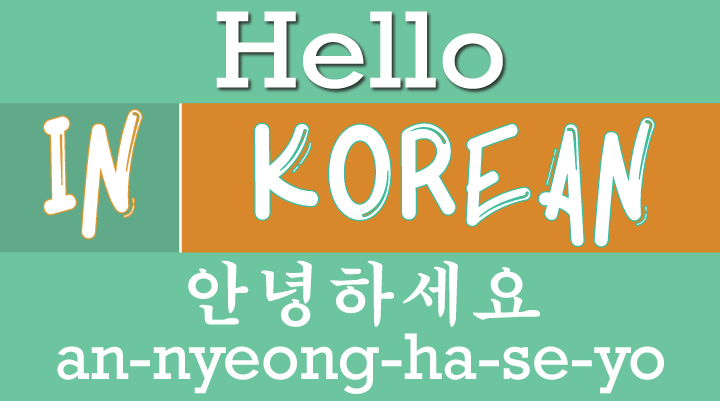After college, I was exploring what I
would do. I ended up graduating with a non-teaching music degree, so I was
limited on choices. But a bachelor’s degree is a bachelor’s degree, right? As a
longtime student of Japanese, I naturally started looking at teaching English
in Japan but couldn’t find a program right for me at the time. So, I also
started looking at South Korea, which was also supposed to also pay well. I did
find a school in Busan that I was interested in and almost applied to, but I
didn’t have any money to get me there. And then life got in the way.
The term Korea comes from the name
Goryeo, a shortened form of Goguryeo, referring to the 5th century
kingdom. When the Persians arrived, they pronounced it as Korea, and its
spelling was generally accepted as Corea or Korea throughout much of the 19th
century. There are actually some who blame Japanese influence for the
now-accepted spelling of Korea, claiming they did it so it’ll show up higher in
alphabetical order. (You know, if we called it by its Korean name, Han’guk,
it’ll show up higher, too.)
South Korea is located on the southern
portion of the Korean Peninsula and one of the few countries that only share a
land border with one country. It’s surrounded by Yellow Sea to the west and the
Sea of Japan (also known as the East Sea). South Korea also has several
islands, mainly Jeju Island, Ulleung Island, and a number of smaller islands
dotted around the mainland. It borders North Korea with the infamous DMZ
(Demilitarized Zone). There are actually quite a few DMZs throughout the world,
but the Korean one is one of the most militarized on. (Side note: I once dated
a Korean guy briefly, and he told me that guys are supposed to serve in the
military for two years, either before or after college. While on patrol there,
he stepped on a landmine and had to stand perfectly still for eight hours while
members of his squad went to get help and come back to defuse the mine. … I
once had to wait in a long line at Walmart with a hungry toddler and a baby. I
imagine it’s fairly close.) Most of South Korea lies on the same parallel as
Nashville, Tennessee, so its climate has four seasons that are similar to most
of the Midwestern part of the US.

An example of the seonbi traditional attire.





_-_Templi.jpeg)


No comments:
Post a Comment